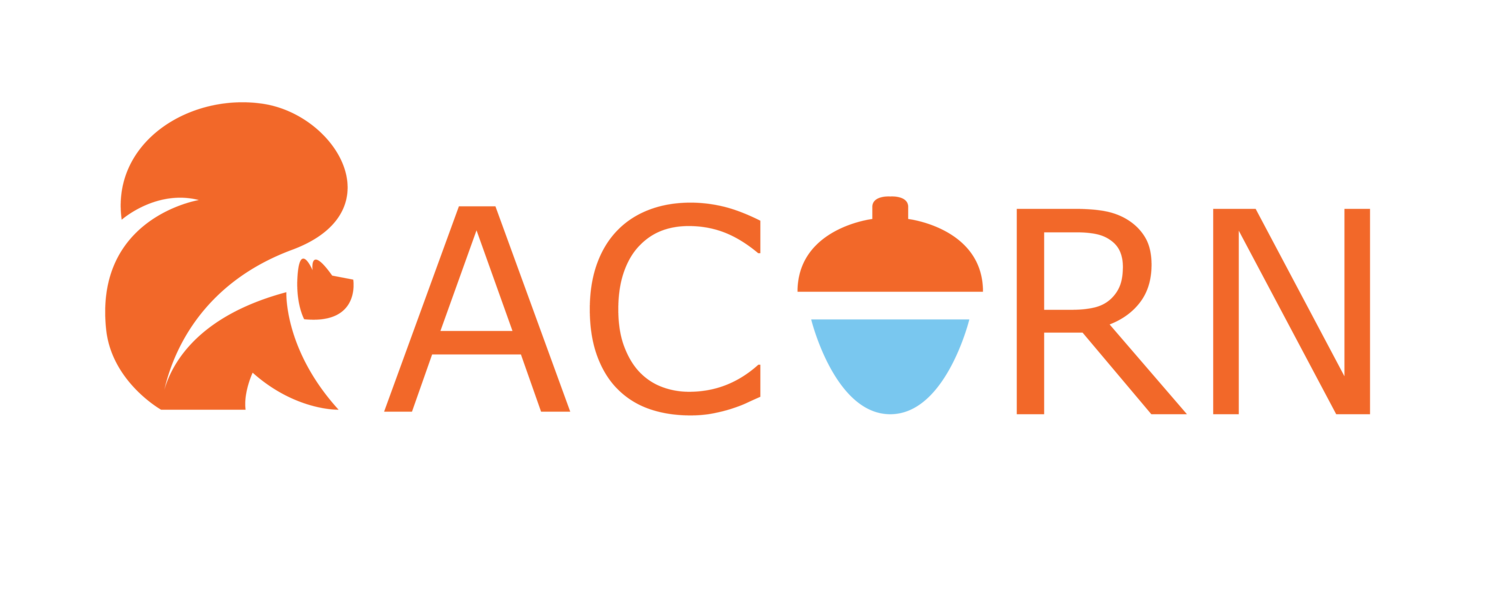2020 was a crazy year, but it was particularly interesting for gaming. The industry was already growing quickly, and with lockdowns all around the globe, it’s no surprise people spent more time and money on their consoles and PCs.
In just one year, the video game industry added another $13.6 billion to its value, up 9.3% from 2019. With the release of Playstation 5 and Xbox series X in November 2020, 2021 is already poised to overtake 2020 as the best year for gaming ever.
But how do all these developments influence the gaming world? What’s the current state of the market, and what will the future bring?
The Rise of Indie Games
2020 was a great year for indie developers, and gamers were hungry for new and unique experiences. Short-staffed and disorganized, some bigger studios couldn’t deliver on time, constantly pushing deadlines and delaying releases.
With plenty of time on their hands (and smaller teams to coordinate), indie developers kept producing games at an ever-increasing rate. In 2020, 9,866 games were released on Steam, up 24.4% from 2019. And you guessed it right, a large percentage of these games belonged to the indie scene.
During a time of uncertainty, many people found the courage to pursue their passion projects. For developers who had lost their jobs, indie games offered a new source of income.
A Whole New World of Gaming
We can’t attribute the wider success of indie games just to the hard work of dedicated developers. It also has everything to do with the exponential growth of the gaming community as a whole.
Suddenly, it’s not just you and your friends who are playing games. Everybody’s talking about Among Us; heck, even your coworker who knew nothing about gaming has now bought a Switch and is obsessed with Animal Crossing.
More often than not, indie games cater to casual audiences who prefer simpler, shorter experiences. New gamers struggle to get into triple-A titles that take hundreds of hours to complete.
Does that mean we’ll see fewer roleplaying games with massive open worlds in the coming years? Maybe. But Valve is confident enough about this shift to come up with its very own portable console.
This new console will allow users access to their whole Steam library on the go. But the Steam Deck isn’t going to replace PCs and consoles; it’s not really targeting hardcore gamers. It’s targeting casual audiences that enjoy short gaming sessions—just like Nintendo with the hugely popular Switch.
No Slowing Down
The rise of indie games hasn’t slowed down Intel and AMD. On the contrary, both giants are still doing their best to create the best-performing CPUs and GPUs. At the same time, however, they’ve been gradually expanding their reach, delivering more options to the low and mid-range markets.
Both companies stand neck and neck in several categories, and it’s been like that for years. This rivalry propels the industry forward. As competition drives prices down, more and more people are likely to be exposed to the magical world of gaming.

